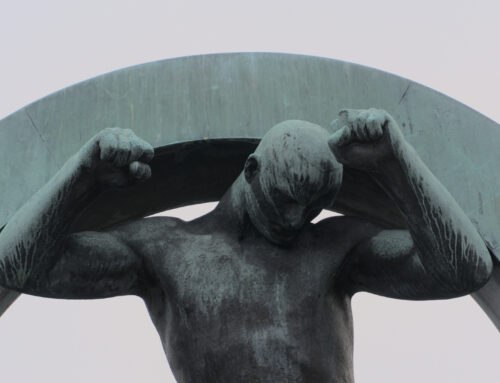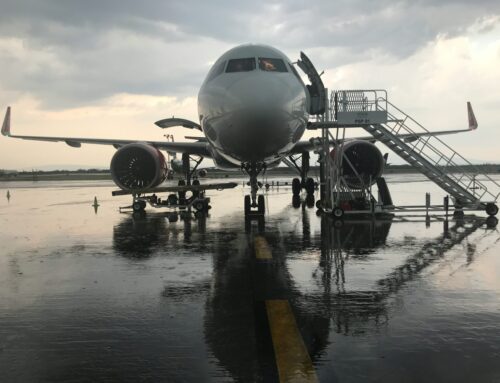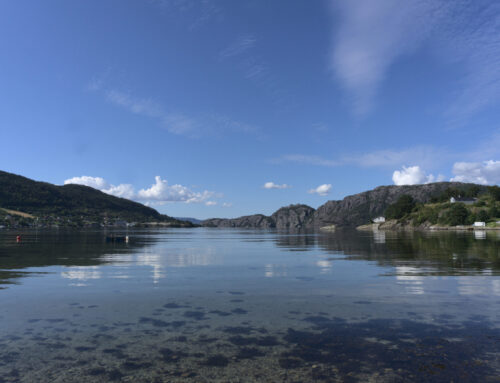
Image by skeeze from Pixabay
We are not interviewing film stars, as illustrated above, though the people we choose all play important roles in the field of research and of data science. They are our celebrities, the movers and shakers of our world.
We started a new series of articles on the CESSDA website at the end of last year. My boss and I identify some key players in our field that we would like to interview. I then prepare ten draft questions for them and once the questions are agreed between the two of us, I get in touch with the person and find out whether they are interested.
So far, we have published three such interviews with the following thought leaders in the open science/open data field: Simon Hodson, Executive Director of CODATA, Cathrin Stöver, Chief Collaboration Officer at GÉANT, Robert-Jan Smits, then open access envoy of the European Commission. Two more are in the pipeline.
How did we collect the answers? For two of them, we received the answers in writing via email and one person preferred to be interviewed live via our virtual meeting software GoToMeeting. Is one method better than the other?
I would say that they both have their advantages and disadvantages. On the one hand, collecting answers in writing implies a certain level of flexibility and is perhaps the fastest way of carrying out interviews. It means that the person providing the answers can do so in their own time. They can also seek support from a colleague in communications before providing their input for us to review. For me, it also means that all I need to do is read the answers and make edits and comments on the content or on language. Once both parties agree on the final wording, there is your article all ready for being put online.
On the other hand, holding the interview live via a virtual meeting software feels more like the real thing. As the person asking the questions, you get that face-to-face contact, albeit virtually, and the buzz of doing so in real time. You feel more like a journalist, though then again you are not on site, interviewing a minister in front of a government building. It still feels more real though. For the person being interviewed, there is also a certain amount of stress or pressure to perform, as you have to answer in real time. Even if you have received the questions in advance and come prepared to the interview, you still need to answer them there and then. There is an element of spontaneity about it and you never quite know how things will turn out.
Timewise, the second method can be much more time consuming as the goal is to publish a written interview, not to broadcast the interview live or on the radio. This means that there are more steps involved in the process before publishing the news item online. Having received prior agreement for the interview to be recorded, you first need to listen/watch the recording again and either type up what you hear word for word as precisely as you possibly can, or use a written transcription provided by the meeting software. In my case, I did not know about this feature in GoToMeeting, so I went down the first route. In all fairness, it could well have been a new feature of the software, released just after I needed it. Needless to say, it would have saved me a lot of time.
I felt that it was important to have a first write-up which was as close to what was actually said as possible. I wanted to stay true to my interviewee, not interpreting what they said, choosing different terminology or taking shortcuts. Of course, the result was an interview of eleven pages, which was far too long for the website.
The next phase was therefore to suggest cuts and rephrase elements of the responses so that they were in written language, rather than in spoken language. Language is important here as you do not speak in the same way as you write and a written interview is therefore not the same as a video or audio interview – these are different interview formats altogether. They should not try to be the same either in my opinion, at least not in the context of publishing on an organisational website. I do not work for VICE Magazine, so the needs and audience are different.
The main issue that I had with this particular interview was that the expert was so incredibly busy and travelling so much, that they did not have time to read through the long interview transcript and the suggested edits. There was also nobody to support them from their side, which could have been a great help. I therefore had to make the decision to cut out a substantial amount in order to shorten the answers to each question, so that it could eventually reach an acceptable length to publish as a news item. I also had to run after the person for several weeks until I got their final permission to go ahead and publish the article. This was no doubt a burden for them as well.
What I learned for next time was that if the person chooses to hold the interview virtually rather than provide their answers in writing, I will use the transcription feature of the meeting software and save myself a lot of time. I will then cut down the text within a few days of the interview and agree in advance a deadline for the person to approve the written version. You learn by doing.
I would also like to have the opportunity to interview people live for the camera again, like I did in my previous job at EREC (European Renewable Energy Council) when I interviewed a Danish minister and industry experts at big trade events. This is definitely the real thing for me. You need a good camera person with you, you need to know how to handle different kinds of people to get them to perform at their best, and you have the logistics to take care of. You then also have all the editing work afterwards, but the end result can be used in so many different contexts that it is worth it.
If you would like to share your experience or ideas with me, contact me directly on LinkedIn or here.





